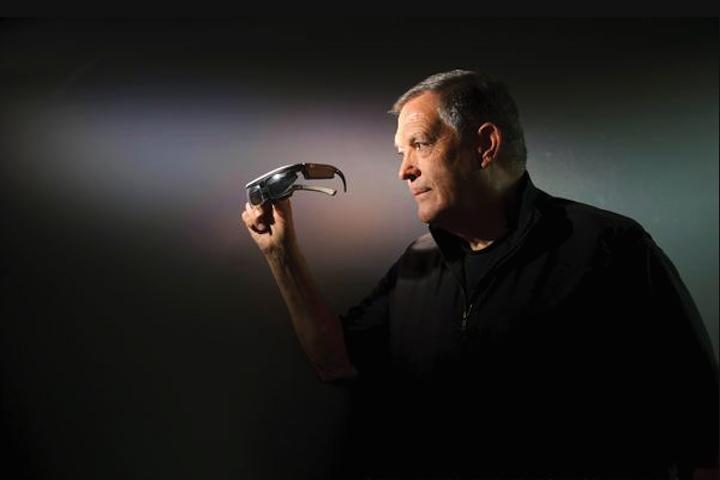

What makes ODG’s glasses good enough for astronauts? The company has considerable experience building smart optics for government and industrial use, and the glasses are described as doing everything a tablet is capable of, while giving the wearer hands-free control. Sensors include accelerometers, gyroscopes, magnetometers, and an altimeter, and the wearable runs a custom version of Android Jelly Bean.
The idea is for astronauts to use the glasses as an augmented reality tool, so the display – seen on a pair of 720p stereoscopic lenses – will show check lists, instruction manuals, video calls, and digital markers identifying parts and controls. Carter told the Business Times, “Just put the glasses on and say ‘Next step,’ and you’re looking through an instruction manual. It’s beautiful, they are amazing.”
NASA currently has five pairs of ODG’s glasses and is preparing to put them to the test in its deep water space simulation environment. Should the glasses pass, they’ll go into use before the end of the year, in preparation for those exciting missions. ODG has previously concentrated on making smart glasses for business, but it has announced a consumer version for release this year, and having an endorsement from NASA will certainly help overcome some of the social stigma that comes with wearing smart specs.
Editors' Recommendations
- NASA’s Artemis moon astronauts suit up for mission practice run
- NASA’s Mars helicopter aces longest flight in almost a year
- Watch NASA drop capsule from 1,200 feet to test Mars Sample Return system
- SpaceX Crew-4 astronauts are on their way to the space station
- Moon, Mars, and more: NASA extends 8 planetary missions


